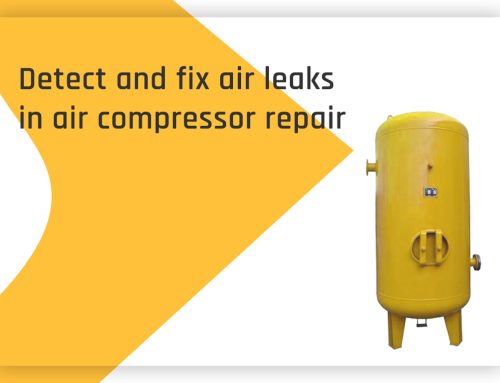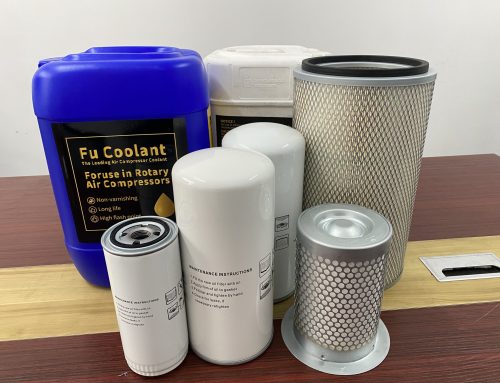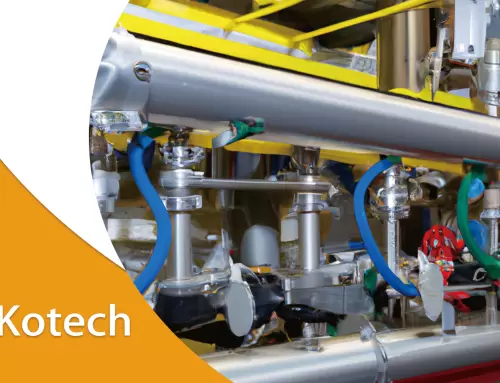
Explore the efficiency of multi-stage compressors, optimizing power usage, enhancing cylinder volume utilization, and controlling discharge temperatures.
Principles of Multi Stage Compressors
The pressure range that a single-stage compressor can elevate is quite limited. In situations where higher gas working pressures are required, using a single-stage compression is not only uneconomical but sometimes even impossible to achieve.
Hence, the adoption of multi stage compression becomes necessary. Multi stage compression involves dividing the total gas pressure into several stages, compressing the gas progressively in each stage, and cooling the gas between stages. Figure 2(a) illustrates the operational schematic of a three-stage compressor. The theoretical cycle consists of three consecutive single-stage theoretical cycles.
For analytical comparison, it is assumed that there is no resistance loss in suction and discharge for each stage in the cycle, and compression in each stage follows an adiabatic process (or a process with the same polytropic exponent). The temperature of the gas discharged from each stage after cooling is the same as the suction temperature of the first stage (complete cooling). Leakage and the impact of clearance volume are not considered.
Thus, the p-V diagram for this theoretical cycle is depicted in Figure 2(b).
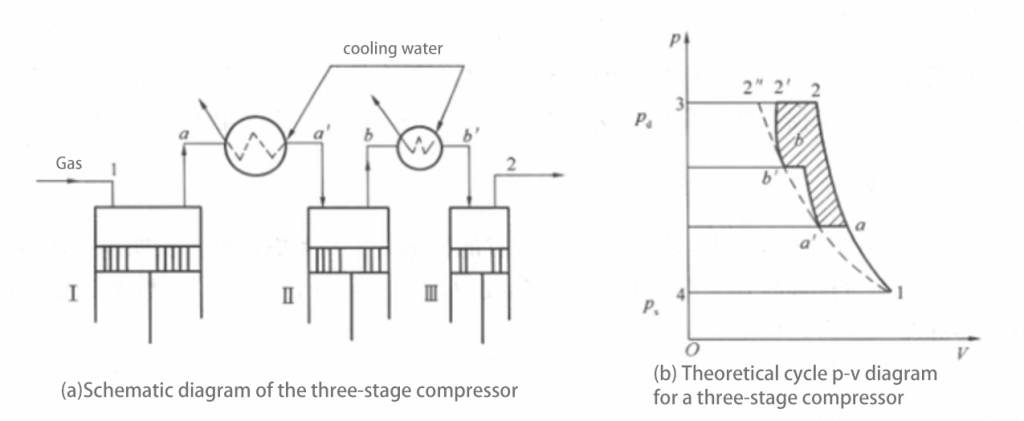
(Fig. 2 Schematic diagram of multi stage compression work)
Advantages of Multi Stage Compressors
1.Savings in Indicated Power for Compressed Gas
Figure 2(b) represents the theoretical cycle schematic of the compressor shown in Figure 2(a). The line 1-2 on the graph is the adiabatic compression line, and 1-2″ is the isothermal compression line. After compression in the first stage (line 1-a), the gas undergoes isobaric cooling (line a-a’), making point a’ temperature equal to the inlet temperature of the first stage, and point a’ falls on the isothermal line. Subsequent stages fall on the isothermal line after adiabatic compression and intermediate cooling.
Therefore, for staged compression with intermediate cooling, the power consumption area is 1-a-a’-b-b’-2′-3-4-1, while for single-stage compression at the same suction and discharge pressures, the power consumption area is 1-2-3-4-1. In comparison, the power consumption for multi stage compression is smaller, as indicated by the shaded region in Figure 2(b). The more stages there are, and the closer the gas temperature is to the inlet temperature of the first stage after intermediate cooling, the more the compression process approaches isothermal compression, resulting in greater power savings.
2.Improved Cylinder Volume Utilization
If the pressure in each stage is relatively low, the volume of residual gas expanding in the clearance is small, leading to improved cylinder volume utilization.
3.Reduced Discharge Temperature
With lower pressure ratios in each stage and intermediate cooling, the discharge temperature can meet various limitations.
4.Lower Maximum Gas Force on the Piston
When the total pressure ratio is the same, the maximum gas force in multi stage compression is smaller than in single-stage compression. This reduces the loads on the compressor columns, allowing for a lighter and more efficient mechanical design.

Kotech Reciprocating Compressors
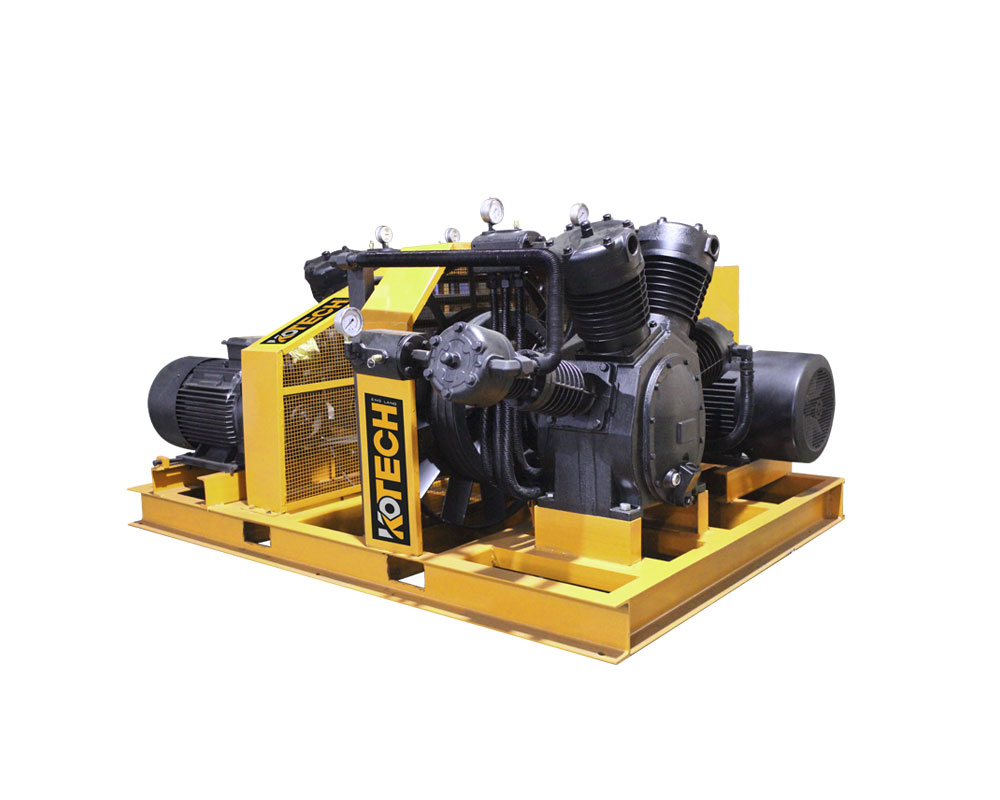
KT Series 20 – 40 Bar Middle Pressure PET Piston Air Compressor
Explore the efficiency of kotech compressor’s Multi Stage Air Compressor, meticulously engineered to optimize power usage, enhance cylinder volume utilization, and control discharge temperatures.For seamless integration and optimal performance, choose our state-of-the-art Multi-Stage Air Compressor technology.



